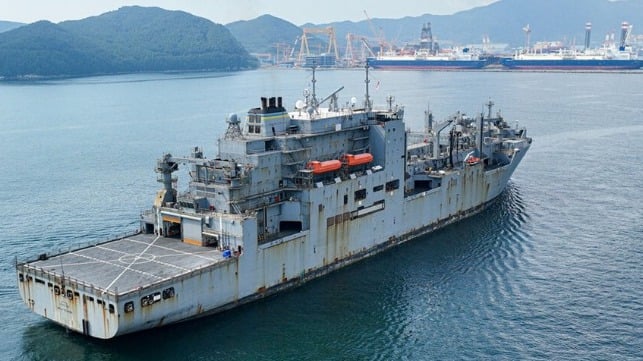Re-evaluating Gas Turbine Engines for Future Maritime Propulsion
Advancements in Gas Turbine Engine Technology for Maritime Propulsion

Recent advancements in engine management systems, heat exchange technology, and high-temperature ceramic materials have opened new possibilities for enhancing the efficiency and competitiveness of gas turbine engines in maritime propulsion. These innovations are particularly relevant for both open-cycle and closed-cycle gas turbine engines, offering potential improvements in fuel efficiency and overall performance.
Traditionally, open-cycle gas turbines have seen a decline in efficiency as power output decreases. However, modern developments, including advanced computer-controlled fuel injection systems and new-generation heat exchangers, offer the potential to optimize the performance of complex-cycle gas turbine engines. These engines, which incorporate multiple turbines, compressors, and heat exchangers, can now operate more efficiently over a broader range of power outputs thanks to precise electronic control and improved heat transfer technologies.
Additionally, closed-cycle gas turbine engines, which recirculate the same gas within the system, stand to benefit from the development of high-temperature ceramic materials that enhance the durability and effectiveness of heat exchangers. This advancement allows for sustained high efficiency even at lower power outputs, making these engines particularly suitable for maritime applications where consistent performance over varying conditions is critical.
The integration of these technologies could also pave the way for combined-cycle engines that utilize both gas and steam turbines, significantly boosting overall thermal efficiency. As these engines require less lubrication and are less prone to wear compared to traditional reciprocating engines, they present a promising option for the future of large-scale ship propulsion.
